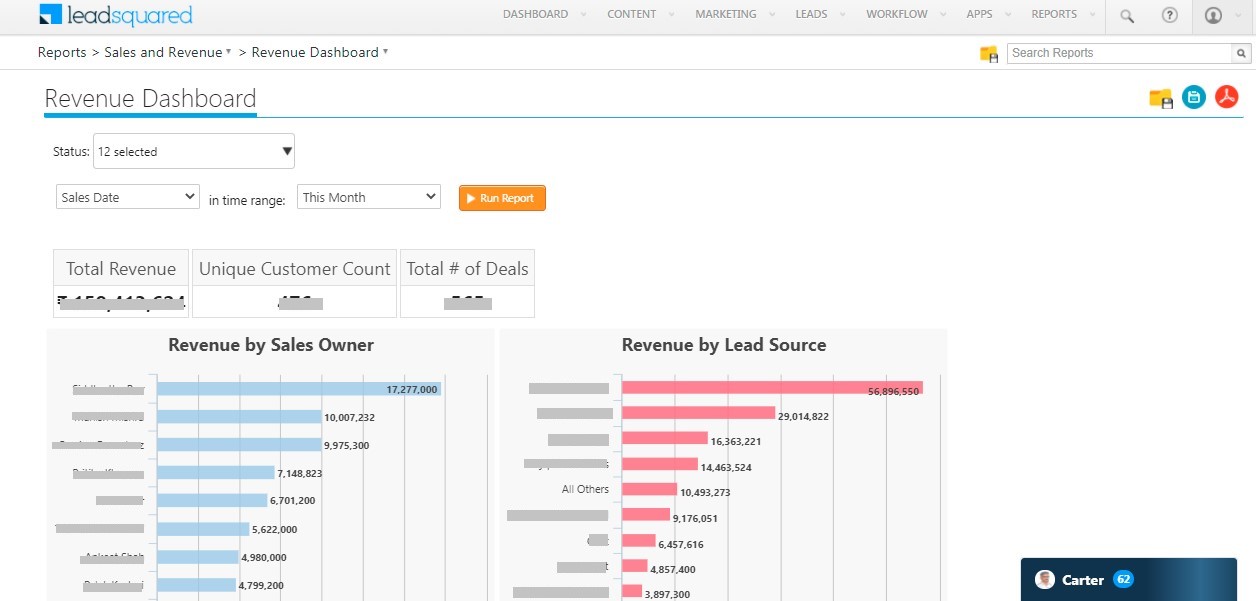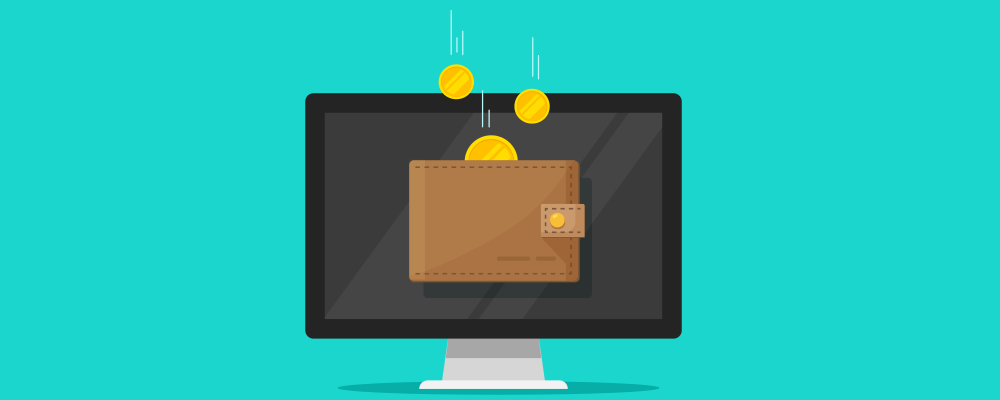SPIFF is a timeless sales strategy. During the 1940s, SPIFFs were given to employees who sold a high amount of electronic goods.
In the 1980s, Apple was able to beat IBM in retail computer sales by sweetening the deal for the salesmen with “SPIFFs.” At that time, SPIFF referred to Sales Person Incentive Forms, where salesmen would fill out a form for every Apple they sold and got a bonus.
Later, in 2019, Dell EMC used the term SPIF (Sales Performance Incentive Fund) for the programs designed to target businesses that might otherwise go to competitors.
Today, the terms SPIF and SPIFF are used interchangeably across organizations – referring to the immediate sales bonus.
In this article, we will walk you through the basics of SPIFFs. We will also explain how to use them to motivate your team with some exciting examples.
What is a SPIFF?
SPIFF is the immediate bonus that a sales rep receives after completing a sale. It is a performance fund that you set aside for your sales reps. Such rewards are a great way to meet and exceed short-term goals.
SPIFFs can be of different types. For example, you can reward the team or an individual when they have sold a specific number of products. Or you can launch an incentive program to support a product release. Some organizations even use it to boost low performance or improve specific business metrics. Thus, by motiving reps, SPIFF programs help accelerate the sales pipeline.
If you’re wondering how are SPIFFs different from commissions, here’s the answer.
Difference Between SPIFF and Commission
At a glance, SPIFF and commission look similar. However, there are some fundamental differences between the two. Let’s look at them one by one.
A SPIFF is a short-term incentive that sales reps get immediately after making a sale. Sometimes, it can be vacations, prizes, or recognition in the organization. It gives sales reps the extra push they need to perform better at the workplace.
Benefits of SPIFF:
- With good incentives, you can manage additional sales from the same resources. It is especially beneficial when you’re exploring a new market.
- As SPIFFs are a reward upon task completion, they increase productivity at the workplace. Sales reps focus on getting the job done for the incentives.
- They encourage reps to meet quotas and improve the overall sales statistics of the organization.
- Apart from improving sales, SPIFFs can also help increase customer acquisition and other short-term goals. Managers can customize SPIFFs based on the task at hand.
Now let’s look at commissions in sales.
A commission is a form of performance pay. It is a sum of money the employee gets once they complete a given task. They can get a commission for selling a certain number of products. This amount can be a percentage of the revenue that the sales rep brought in or, it could be a flat amount for every sale made. For example, insurance agents get commissions from the carrier for every new client.
Benefits of commission pay:
- The commission that a sales rep will get depends on the sales they make. The more the sales, the more the commission.
- It helps manage payroll better. As organizations have to pay employees proportional to the revenue generated.
What’s Better – SPIFF or Commission?
Sales, in general, is a difficult job. Salespeople are in a constant hustle to perform while maintaining a work-life balance. Incentives help:
- Keep salespeople motivated
- Prevent employee turnover
- Encourage reps to sell more.
Both SPIFF and commission pay have their pros and cons. And choosing between the two will depend on your goals and business model.
Employees on commission are often under a lot of stress as it is their only source of income. Sometimes, employees may switch to an organization that offers better commission – becoming another drawback of this sales model.
However, SPIFFs are flexible and add-ons to the steady income. It gives employees a chance to perform in a stress-free environment.
Now let’s look at the ideas and examples for your SPIFF program.
Examples of SPIFF Programs
There are two categories of SPIFFs:
- Cash SPIFFs
- Non-cash SPIFFs.
You can try a mix of these in your organization based on your goals and budget.
Cash SPIFFs
Cash as compensation has a lot of benefits. It is easy to disburse. The employees also have the flexibility of spending it on whatever they want. It is the most flexible SPIFF scheme.
For example, you can set aside a thousand dollars for the end of a quarter or a financial year. But make sure you separate SPIFF from the compensation plan. The idea is to motive your team to focus on a specific goal and find innovative ways to achieve it.
Non-cash SPIFFs
Non-cash pays can also be quite welcoming. Nearly 84% of the companies in the US use non-cash rewards to motivate employees. There are endless options for non-cash SPIFF programs. Here are a few examples.
1. Exciting Gifts
People always appreciate gifts. Let’s backtrack to Apple’s strategy to win retail computer sales. During their campaign in the 1980s, the top prize was an Apple IIc computer plus a cash bonus. (The c in the name stood for compact, referring to the fact it was essentially a complete Apple II computer setup squeezed into a small notebook-sized housing. Source: Wikipedia)
So, if you’re in a manufacturing business, you can offer your premium product to your sales reps. Otherwise, you can buy a gift for your employees who meet/exceed the targets.
2. Gift Cards
Gift cards are the most common non-cash reward. While these are technically in the “Cash SPIFFs” category, you can ask what kind of gift cards your employees will prefer. You can also partner with other businesses and get gift cards at a lower cost. This situation will be a win-win for both management and employees.
3. Travel and Entertainment
Employees are unlikely to spend money on travel and entertainment. However, they may still wish to travel and have fun. Tickets to sporting shows, events, movies, or short vacations on weekends can be great options for SPIFF programs. These options will give them a fun-filled break from work.
For example, BYJU’S, one of the world’s leading EdTechs, offers international trips as perks for achieving revenue targets.
4. Offsite Activities
You can take employees for golf or to the spa. Ask your employees what they would enjoy, and plan your programs accordingly. Also, keep multiple options as not everyone will like the same thing.
5. Subscriptions or Memberships
Subscription programs can be anything from gym memberships to book clubs. You can even offer subscriptions to online shopping websites, food delivery, or others. It is a great way to encourage employees to do what they love besides work.
6. Gamification Programs
Gamification programs are great if your company does not have enough budget for giving cash or gifts to employees. You can create leaderboards in the organization where you highlight the names of top performers. You can give them a different job title at the organization or even a better parking spot. Gamification can also make work competitive and fun.
You can also use your CRM software to find top performers. Here is an example.

7. Power and Access
You can give your best performers more responsibility. Let other team members learn from the success of the star performers. For example, you can ask top performers to train new joiners and scale their selling strategy. You can even have the more successful salespeople get first dibs on a new client. However, incentives like these may not motivate all employees.
SPIFF incentives can vary depending on the organization and the sales reps. It is best to have a conversation with your employees before you decide on a SPIFF program.
8. Customized Gifts
When rewarding your sales team, offering gifts that are personalized and unique can make a big difference. One great option is Canvas Photo Prints because they’re not only beautiful but also meaningful. Imagine your sales rep receiving a stunning canvas print featuring a memorable achievement or a company milestone. It’s something they can proudly display in their home or office, serving as a constant reminder of their hard work and dedication.
SPIFF Program: Dos and Don’ts
SPIFF programs can benefit both the organization and employees. However, implementation would not be the same for every business. It requires planning and research. It also requires setting measurable goals. You can do it right by understanding the following aspects.
- Define your goals. For instance, it could be meeting a certain quota, promoting new products, getting new customers, closing sales deals, or improving the pipeline. Ensure that the employees understand their KRAs and approach accordingly.
- Articulate how sales reps should achieve those goals. Ensure that they follow your organization’s principles and processes and don’t bend the rules to meet the targets.
- Define participants. The SPIFF program doesn’t need to be organization-wide. You can define the participants based on region, job function, etc. For example, if you’re exploring middle-east market opportunities, you can launch the SPIFF program for SDRs working in that region.
- Define the timeline. Let the reps know that the SPIFFs will be disbursed based on the monthly or quarterly performance. Set a start and end date for the program. Otherwise, it will become very difficult to manage the budget.
- Finalize the budget and determine the incentives. Whether you’re giving cash or non-cash incentives – plan that ahead of time and make arrangements.
- Measure and iterate. Check if your program is bringing any results. If not, analyze what went wrong and update your strategy. If it works, scale it across other verticals or business regions.
- Prevent sandbagging. Don’t let your employees know that a SPIFF is coming. Otherwise, they may wait until the program starts to close deals they could’ve closed earlier.
- Prevent unhealthy competition. If the targets are too high to achieve, reps may back off. At other times, sales reps may try unfair means to win the incentives. Make sure you track their performances and activities individually to avoid such instances.
Conclusion
Before we wrap up, here’s a piece of friendly advice. Invest in software to keep a tab on your reps’ activities and performances. Many sales-led organizations use CRM software to manage everything related to sales. For instance, LeadSquared helps organizations manage their leads, sales pipeline, customers, teams, individuals, revenue forecast – everything on a single platform. So, you don’t have to juggle between systems to find data. It enables organizations to execute high-velocity sales by taking care of task assignments, data, and reports. If you want to see it in action, book a free demo now.
FAQs
The acronym SPIFF stands for Sales Performance Incentive Funds, whereas SPIV stands for Sales Performance Incentives. Technically, both are the same and are used by manufacturers or employers to promote sales by incentivizing the teams. However, SPIFFs are mostly for short-term or immediate goals.
The full form of SPIFF is Sales Performance Incentive Funds.
“Spiff” means to make someone or something attractive. It is a strategy where managers make the job look more lucrative through incentives. It is a popular sales strategy where reps are motivated to perform better by showing them the prize. On the other hand, a bonus is the additional money/compensation given as a reward for good performance.










